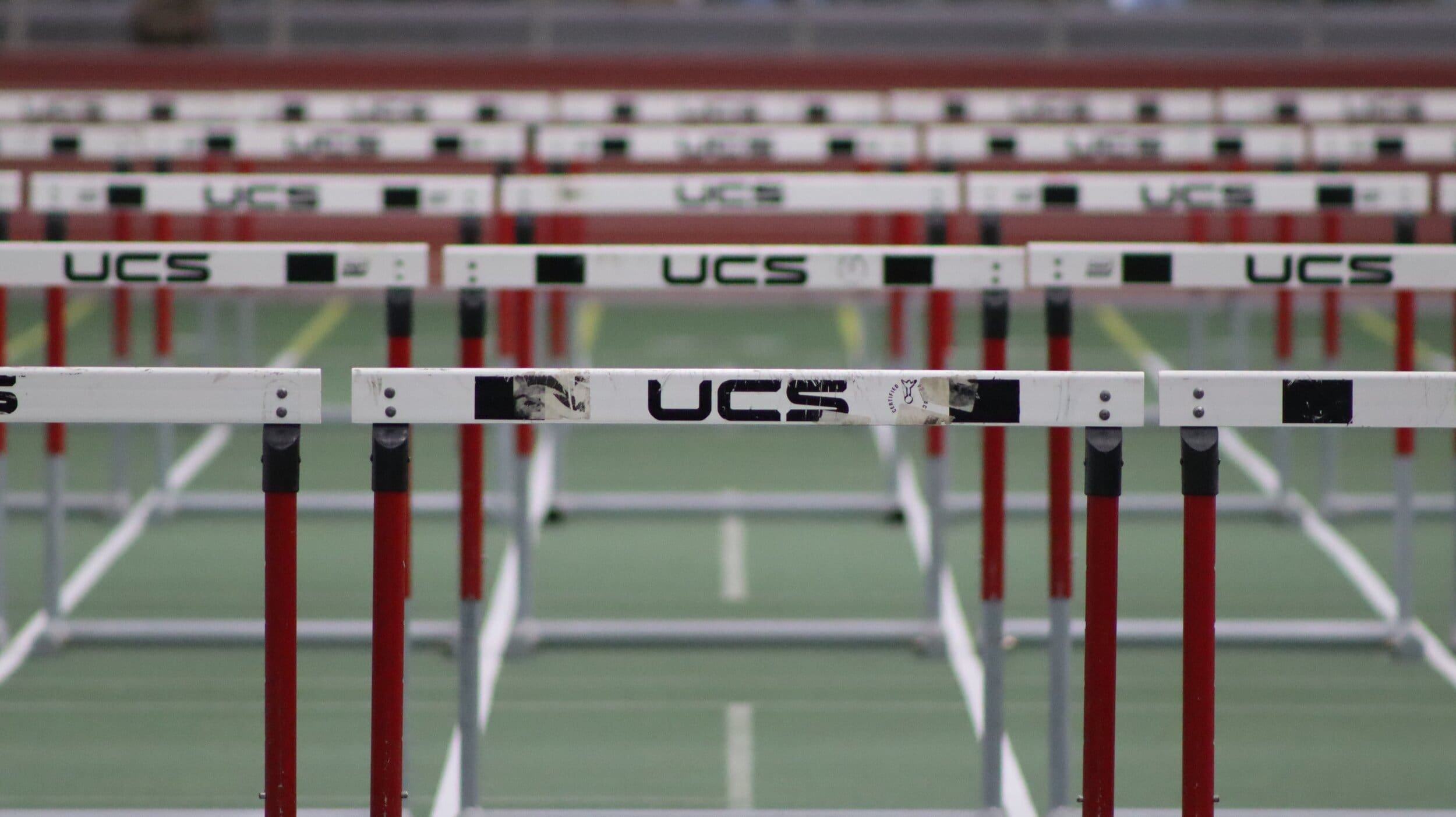Lawyers now face accelerating changes
Change in the legal industry is accelerating, according to the latest research paper from the giant investment banking house Raymond James (European Legal & Tech services insight, 1H 2021).
The recent changes we’ve witnessed have been noteworthy, but they’ve only been incremental. Lawyers from 1970 could likely still find their way around the profession. However, we can be confident that in a few months they would struggle to fit into a modern legal team.
The changes we know about
The changes in the legal industry that we have talked about after the GFC in 2008 are now a bit ‘ho hum’. Everyone knows about:
- Greater cost consciousness since 2008
- A shift in the in-house function from ‘cost centre’ to ‘strategic partner’
- The shift to fixed and capped fees
- The increased regulatory burden
- Liberalisation of legal services provider ownership.
Fewer lawyers in the mix
The coming changes are fundamental, and law departments will change how they operate. The fundamental changes are driven by Gartner’s ‘nexus of forces’; the combination of social, mobility, analytics and cloud technologies. This means that GCs can redesign the whole process of how they provide legal service.
People will still be doing the important, brainy work, ‘the artisanal’ work comprising advisory, complex deal structuring and interpretation of statutes and case law ‘at the margin’. However, a mix of people and technology are already delivering commercial contracts review, e-discovery, standard compliance and procurement. Technology, without humans, is delivering text comparison and document assembly work.
The result, Raymond James predicts, is that the ratio of junior lawyers to seniors will drop and eventually entry level jobs will vanish. Tomorrow’s legal solutions will be delivered not by mainly lawyers, but by a mix of professionals including outsourced legal providers, ‘legal engineers’ with tech solutions, project managers and paralegals.
And why are we at the inflection point now?
The rate of change is going to accelerate because we have the data, the tools and the infrastructure to enable artificial intelligence (AI).
Data lakes enable access to all structured and unstructured data at scale, while software applications provide the tools to collect and interpret the data, and cloud storage is ubiquitous and cheap.
Artificial intelligence and machine learning are growing in:
-
Legal research: AI brings legal information to decision makers for precedent case analysis and eDiscovery
-
Big data law: to process cases, contracts or other legal data, identifying patterns and making predictions about outcomes
-
Computational law: rules and data driven AI to mechanise decision making
-
Legal infrastructure: tools and platforms to connect the stakeholders
-
Online dispute resolution: helping resolve disputes and avoid costly court processes
There are many silver linings
Facing these changes, would you advise a young person to become a lawyer now? Absolutely, but only if they accept that their career will be different to what it was in their parents’ era.
Only the seriously smart lawyers will retain the opportunity to provide the complex advice and legal strategy work. Most future corporate matters work will be driven exclusively through self-service aided by technology. However, other opportunities stretch across the whole legal services spectrum and are open to a wide range of different skills and interests, such as those in the areas of legal operations management and consulting.
Finally, in my view, these changes will increasingly democratise the profession, reducing some of the exclusivity and high prices, ultimately making legal services available to more people.
Dr Katherine King is the Chief Executive Officer of Yarris Technologies and the co-founder of Dazychain matter management platform.








